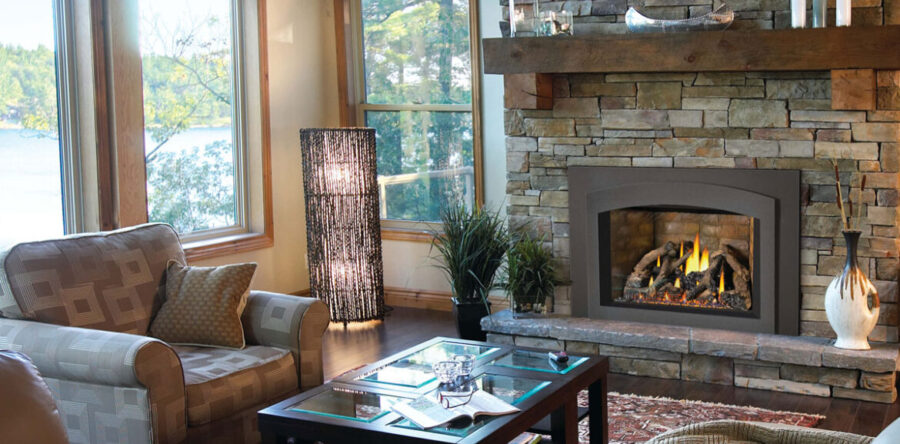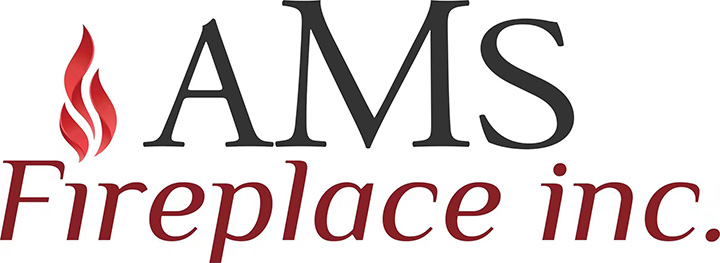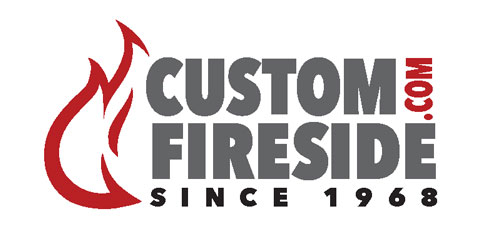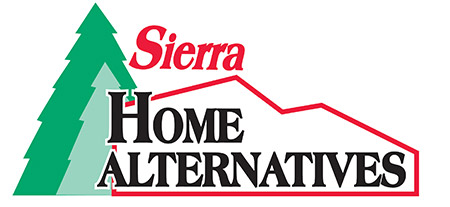There are a few reasons for considering removing a fireplace. Can it be done? How practical would it be to do so? Is it expensive? Are there any cost effective alternatives? Let’s try to help you determine if removing a fireplace is a project you should be contemplating.
WHY DO IT?
There are a lot of fireplaces across the country that likely remove more heat from the house than they contribute to it. Many lower end, builder-box, zero clearance (ZC) fireplaces, built into a framed wall and installed in the 70’s, 80’s and 90’s, are grossly inefficient by today’s standards. Ineffective dampers that do not seal, inexpensive bi-fold doors that leak air or may be missing all together, no control on the amount of combustion air going to the fire, a tired or outdated look . . . . these are legitimate reasons for thinking about removing (or updating) a fireplace.
Masonry fireplaces are notorious for losing warm air from the house for the same reasons stated above. Masonry fireplaces, however, are built differently than ZC models. In order to support the weight of the block, brick and stone, a masonry fireplace is supported in your basement by footings. Masonry fireplaces are not framed into a wall like their ZC cousins, but built at the time the house went up. A masonry structure goes from the basement through the first, second and/or even third floor of a house and out the roof. This type of fireplace is normally quite difficult and expensive to remove. Updating (and repairing) if needed, rather the removal should be the focus here.
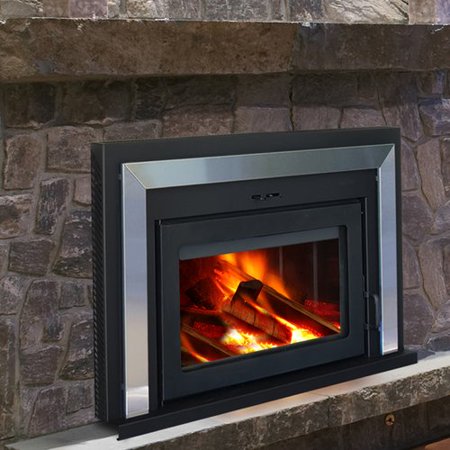 ZERO CLEARANCE OPTIONS:
ZERO CLEARANCE OPTIONS:
A zero clearance fireplace has an outer, jacketed shell that houses the firebox. This allows for installation into a framed 2”x4” or 2”x6” wall. During installation, framing members can actually be in contact with safety brackets, called “stand-offs”, that are mounted on the sides and top of the unit. There are still clearance requirements for finishing the fireplace, particularly the hearth, mantel, both sides and above the fireplace opening. However, the installation of a ZC fireplace is relatively quick and straight forward.
The chimney for a ZC wood burning fireplace must be installed up through the ceiling and roof. Normally at least 2” of air clearance to any combustible framing members is necessary for chimney pipe.
To remove a zero clearance fireplace, demolition starts by carefully opening up the wall and getting to the framing that anchors the fireplace into position. The chimney will be supported and/or braced in a couple of spots as it goes up through the ceiling and roof. All equipment, chimney components and supports will need to be removed.
If you plan to install a new, more efficient fireplace, carefully measure the rough opening size. The height, depth and width are the key dimensions. Odds are in your favor that your WE LOVE FIRE expert will have several options that will fit this opening. Many people give their family room a makeover by removing old, outdated wood burning ZC fireplaces and replacing them with a new direct vented gas model. Depending on the size of the rough opening, whether gas, wood or electric, you’ll have many replacement options to choose from.
A side note; many people like to mount a TV above the fireplace. With proper planning, this would be the time to do it.
MASONRY FIREPLACES OPTIONS:
You will not be able to remove a masonry fireplace as easily and quickly as a ZC model. If removing a ZC fireplace is major surgery, removing a masonry fireplace is drastic, last resort surgery. Masonry fireplaces can be repaired, but completely tearing them down is another story and is seldom recommended. That being said, the look of some older brick fireplaces can be changed by installing a cultured stone or brick directly over it. Giving the hearth and mantel an upgrade is normally rather easy to do.
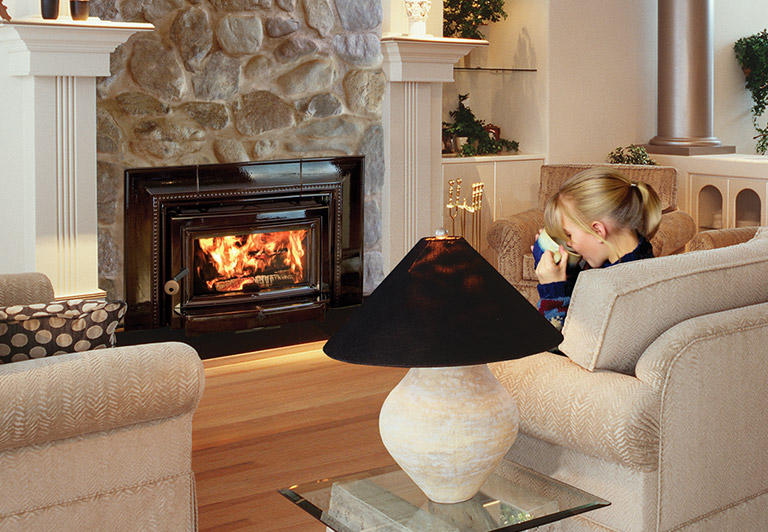 CONSIDER AN INSERT:
CONSIDER AN INSERT:
Fireplace inserts can be installed in “wood-worthy” fireplaces. If your wood burning fireplace can still safely burn wood, an insert could be installed. It’s entirely possible that a wood, gas, pellet or electric insert will be able to be quickly installed into your existing fireplace. The cost of an insert will be significantly less than removing a fireplace. An insert can be installed in a few hours vs. a week or two for more extensive projects.
An insert, coupled with a new mantel, refacing the existing brick and updating the hearth can give that old masonry fireplace in your living room an entirely different look and feel.
Inserts can be installed in ZC fireplaces, too. Many manufacturers make specific models for this type of application.
WE’RE HERE TO HELP.
If a fireplace project is on your radar, you may have several options. Your WE LOVE FIRE dealer can explain what is feasible. We look forward to helping you make an informed and intelligent decision.
